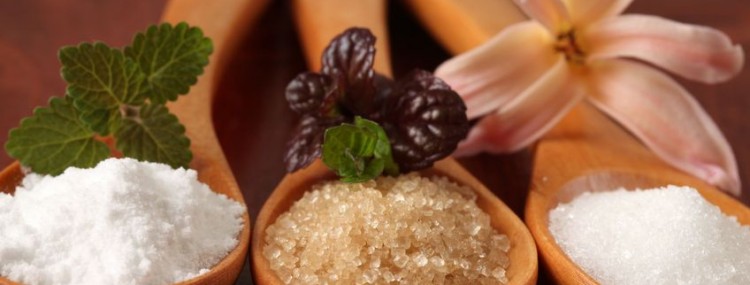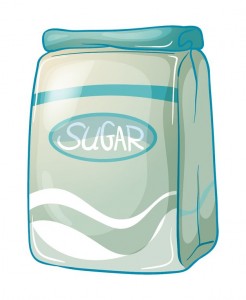
The Hidden Danger
 Carbs are much discussed, debated, abused and generally always in the limelight! There are some diets that advocate cutting off carbs completely from the diet to achieve weight loss, and others that believe in including the “right kind of carbs” for health and well-being.
Carbs are much discussed, debated, abused and generally always in the limelight! There are some diets that advocate cutting off carbs completely from the diet to achieve weight loss, and others that believe in including the “right kind of carbs” for health and well-being.
Health organizations worldwide believe more than 50 % of your calories in a day should come from “good carbs”. They also emphasize the need to limit highly sugary, starchy foods that contain no other nutrients other than simple sugars. The trouble with such sugary treats is that they spike up glucose levels in a jiffy, and this over a period of time, leads to insulin resistance (which means although the body is producing large amounts of insulin to digest the sugars, the body develops resistance to insulin, which rises blood sugar levels). This is the first step towards developing diabetes.
What are sugars?
Sugars are a class of carbohydrates and they are a source of energy. Consuming excess sugar leads to an increased risk of health problems like obesity, type 2 diabetes, high levels of triglycerides and dental decay.
There are two kinds of sugar:
- a) Naturally occurring sugars – These sugars are naturally present as lactose in milk and fructose in fruits
- b) Added sugars – Added sugars are the sugars which are added are at the table or added to the foods or drinks during the processing or preparation. Foods that contain added sugars include cakes, cookies, soft drinks, candies, and fruit drinks.
We all do know that the table sugar, honey and jaggery contain sugar. But where else do we look for them, so that we are aware of the hidden dangers?
Some foods do not mention ‘sugars’ in their ingredient list but still have sugar present in them. They are labelled in a different way. There is no differentiation between natural sugars and hidden sugars on the label! If the first few ingredients are a form of sugars, then the food is likely to be high in total sugars.
The names which represent sugars on the labels are –
- Brown sugar
- Corn syrup
- Fruit juice concentrates
- Corn sweetener
- Invert sugar
- Honey
- Malt
- High fructose corn syrup (HFCS)
Lactose, fructose, dextrose, sucrose, maltose, galactose, cane sugar, beet sugar, fruit syrup, raw sugar, confectioner’s sugar and molasses are other names for sugar.
Cutting down sugar in your daily diet helps you to maintain or lose weight, reduces the risk of a number of health problems.
How to cut down sugar in your diet?
- Read food labels carefully and identify hidden sources of sugars. You need to be more cautious if you are diabetic!
- Cut down the sugar you add to your hot beverages. Try to add a little cinnamon to the coffee or hot chocolate as it adds to the flavour.
- Choose cereals which are not coated with sugar or honey. Add a fruit to the cereals instead of sugar.
- Remove the white and brown sugar, molasses, and syrups from your table.
- Drink water or unsweetened fruit juices instead of soft drinks and juices.
- Have fruits instead of packaged juices, cakes, cookies, biscuits, sweets.
- Cut down the sugar to half while cooking recipes.
- Keep an eye on the nutrition labels of foods when buying. Pick foods with less added sugar or low sugar version.
- Add spices like nutmeg, cinnamon or ginger instead of sugar to recipes
- When you have a craving for sweetness, go out or a walk. Walking helps you in curbing the cravings.
Eating wholesome and balanced meals every day is your best insurance against chronic lifestyle diseases such as diabetes. Calorie Care offers professionally planned meals with the right amount of healthy carbs, so managing your health becomes easy! Order your healthy meals today at caloriecare.com.



